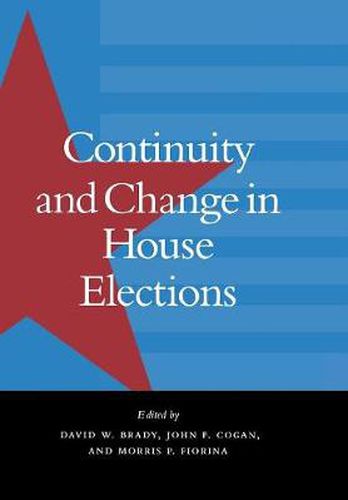These essays examine contemporary elections to the US House of Representatives.For two decades, extending from the early 1970s to the earl y 1990s, elections to the U.S. House of Representatives were highly predictable. More than 90 percent of incumbents would seek reelection and more than 90 percent of those incumbents would win by larger vote margins than in earlier decades. The once-dependable presidential coattail effect diminished, as one-quarter to one-third of all voters split their tickets, supporting presidential and House candidates of different parties. These trends helped the Democrats retain control of the House even while Republican presidential candidates won five of six elections beginning in 1968. An era of incumbency and insulation seemed firmly in place. Then came the 1994 midterm elections. The Republicans gained 52 seats in the House, taking control for the first time in 40 years. Incumbency appeared to have lost its semi-magical status as three dozen incumbents fell. Insulation, too, appeared to have failed, with all the losing incumbents being Democrats, most of them from districts where President Clinton had run poorly in 1992. But did 1994 herald a new era, or was it an aberration?





